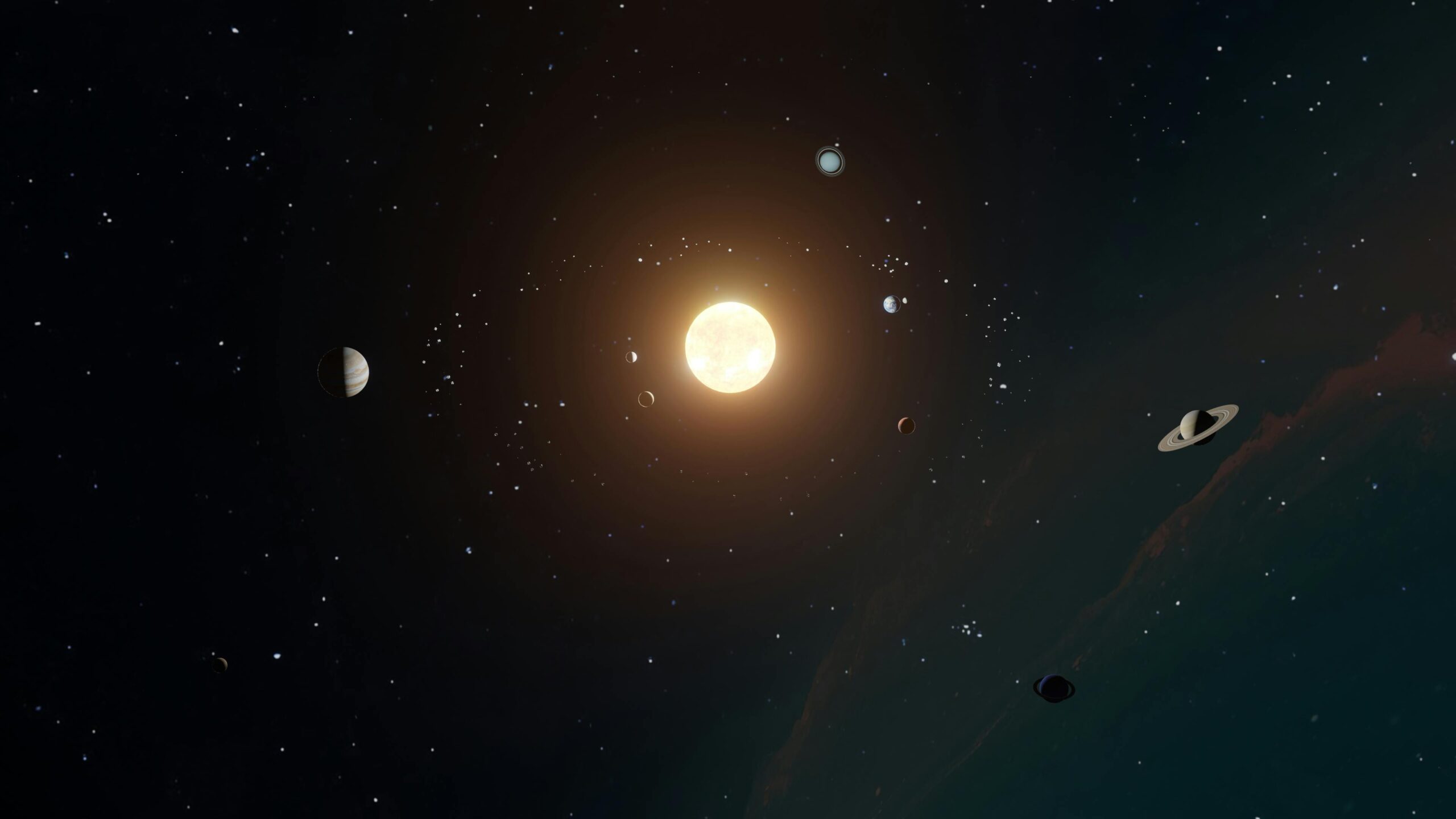By: Claire Liu
It’s that time of the year again, where Earth is at its farthest point from the sun. This point is called the Aphelion, and it’s only possible due to our planet’s not-so-circular orbit. Instead of a perfect round shape, Earth’s orbit along with all the other planets are Elliptical. The reason behind this oval-like shape is gravity. As geologist Dr. Runyan says, “All the planets tend to jostle each other around, pulling their orbits from perfect circles.” It’s very similar to a chaotic game of tug-of-war among the gravitational forces between the planets!
It’s a common belief that since we’re at Earth’s farthest distance from the sun, there must be a huge temperature difference as well as a change in the seasons. However, seasons are caused by the tilt of Earth’s axis, and the distance from the sun won’t change the timing for the 4 seasons. And though it seems like the Aphelion would affect temperature, you may not have noticed a huge difference in it here because Earth’s orbit is “fairly circular”. While other planets may experience a very noticeable change in degrees, Earth only receives 7% less sunlight than it would when it’s at its closest point to the sun. That difference is hardly large enough for us to feel its effects, though it might make a slight change in temperatures in the North and South Hemisphere, depending on the tilt of Earth’s axis. For example, during this year’s Aphelion, the side facing north is tilted more towards the sun, leading to hotter summers despite the farther distance. It’s the opposite for the southern hemisphere, which would be experiencing a cooler winter at this time.
Earth is actually quite lucky, to have a pretty close to circular orbit. If it’s orbit was actually a perfect circle, everything would still be completely normal and safe, and all 4 seasons would be the exact same length. Earth has a low eccentricity of 0.017, which is how much an orbit deviates from a perfect circle. The smaller the number, the closer to a circle it is, and the less temperature change occurs. Many other planets experience higher eccentricity, meaning there’s a very large temperature change occurring during its Aphelion. Mars for example, which has an eccentricity of 0.094 (over 5x the amount than Earth) experiences 31% less sunlight than it would when closer to the sun.
With that said, it’s possible for Earth’s eccentricity to increase in the future. Over time, the uneven pull of gravitational forces from the other planets-especially Jupiter and Saturn- can cause Earth’s orbit to become even more elliptical. Temperature differences would suddenly be extremely noticeable, as summers become way too hot and winters become absolutely freezing.
“If it got really bad,” Dr. Runyon said, “advanced civilization would not be possible.”
So, while our orbit is decently close to being circular, Earth may not stay that way forever. But for now, our planet is in a safe position.
Image Credit by ZCH











